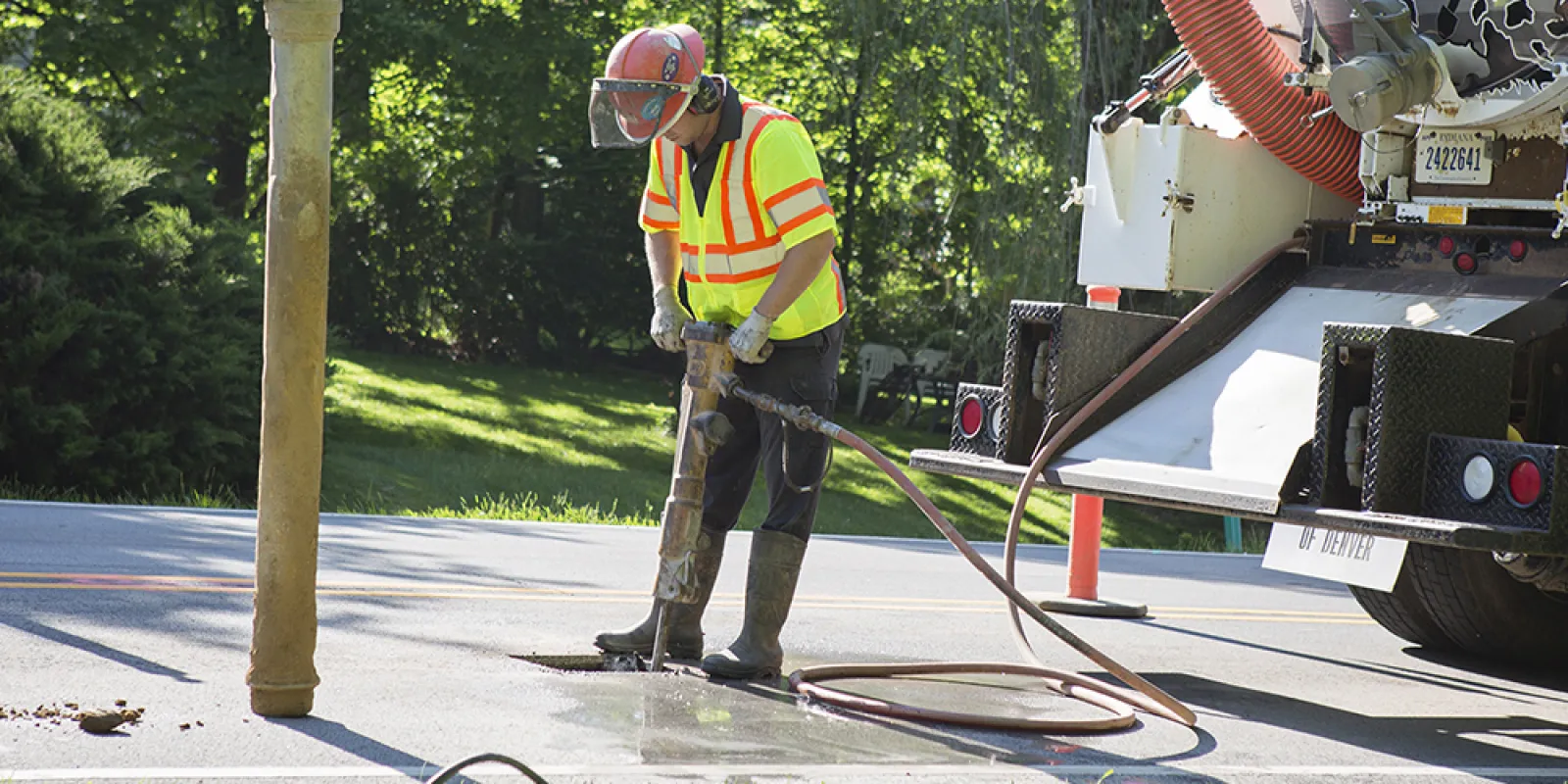

Friday, August 10th 2018

“At 8:53 a.m. on Aug. 29, 1976, an explosion and fire destroyed a house on 20th Avenue in Kenosha, Wisconsin. Two people were killed, four were injured, and two adjacent houses were damaged. The destroyed house was not served by natural gas. However, natural gas—which was escaping at 58 psig pressure from a punctured two-inch plastic main located 39 feet away—had entered the house through a six-inch sewer lateral. The gas was ignited by an unknown source. After the accident, the National Transportation Safety Board’s investigation disclosed that the gas main had been installed by boring through the bottom of the sewer tile; the gas main was perpendicular to the sewer tile.” – NTSB Press Release dated Nov. 12, 1976.
While we’re more aware today of the danger, incidents still occur every year—claiming lives, property and utility structures. As a result, cross bore mitigation has become a critical first step in preventing these disasters.
A cross bore is an intersection between an existing underground utility (or underground structure) and a second utility that results in direct contact between the utilities. Most alarming, though, a cross bore can compromise the integrity of one or both of the utilities, and potentially the entire underground structure. While a cross bore can involve any type of utility, the most dangerous is natural gas lines bored through sewer lines.
How cross bores occur: With the high demand for utility upgrades and new installations, there is also a demand to minimize disruptions to homes and businesses within the scope of these projects. Traditional trenching certainly minimizes the risk of an unknown utility strike, but the mess and disruption of using this method is often seen as an unacceptable solution. However, while trenchless excavation or horizontal directional drilling is a valuable and effective method for installing new utilities, it can result in undetected utility strikes—especially to sewer lines. This damage can remain undetected for days, months or even years, depending on the specific circumstances.
Identifying cross bores: One of the most effective methods for identifying sewer lateral connections is camera technology. Blood Hound employs robotic sewer cameras that can be navigated up through the lateral from a robot positioned in the main. These lateral launch camera systems allow for a visual inspection of the sewer system and can also be used to physically mark the location of these lines at the same time.
Many gas and electric utilities have started to use these camera systems prior to installation of new lines, as well as after installation to ensure that no cross bore events occurred within the sewer system. This is quickly becoming a best practice, as studies have shown that for every mile of directional drilling installations, there are three to four cross bore events.
Technology increases safety: Ultimately, there is no fool-proof way to prevent such incidents. However, new advances in technology—lateral launch robotic cameras and Ground Penetrating Radar technology—have greatly reduced the incidents and made both contractor and the general public much safer.